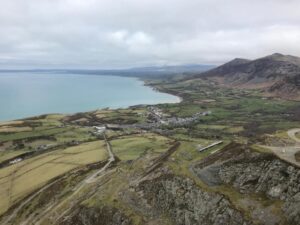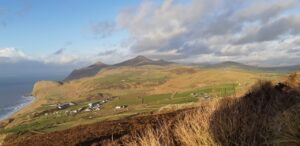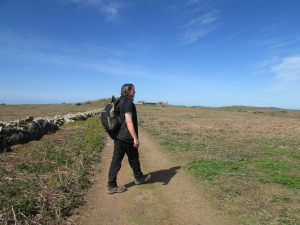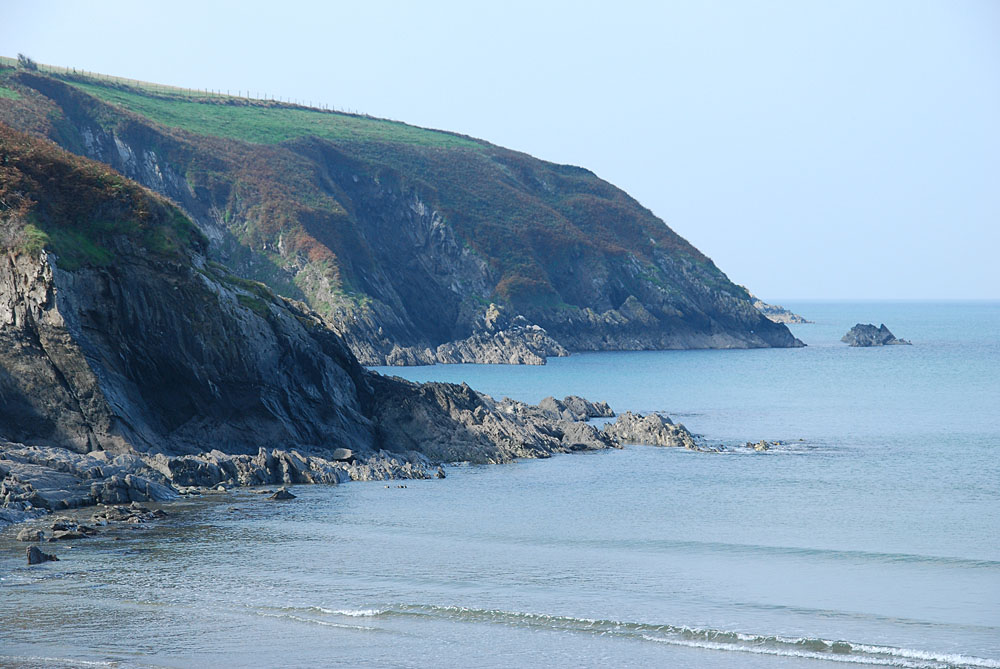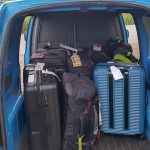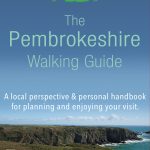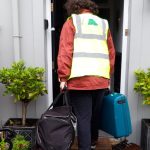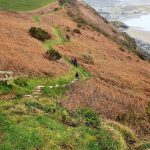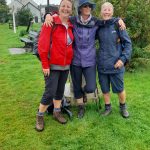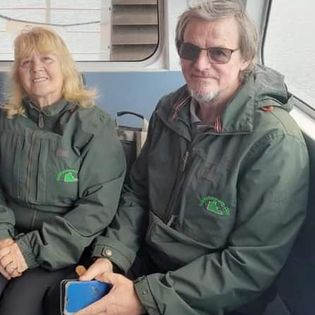General Walking Safety
Be Prepared
This needs to include
- The distance, have at least one map and compass in the group to keep a check on where you are going and how far you have to go.
- The time you think it should take, plus a little extra for unforeseen situations: I will add on between half an hour and an hour on a full days walk, depending on the terrain. If it is a long walk make sure there are “escape routes” along the way in case of emergencies- farmhouses, post offices, pubs etc (pubs is always a good one!!!).
- Even if you are taking your own, food and drink stops are paramount. I always take extra for emergencies, this includes “booster” food like kernal cake and mars bars..
Stay Safe
- ALWAYS, ALWAYS, ALWAYS HAVE ACCESS TO AND CARRY WATER.
- Always have alternatives for emergency situations or severe weather conditions.
- ALWAYS listen to the latest possible weather forecast , and plan your trip accordingly, especially in terrains where weather can change in minutes.
- Have a FIRST AID kit and KNOW how to use it, on a long trip at least one person should be certified (this includes how to treat blisters and sprained ankles). If relevant always make sure that all members of the group have the telephone numbers of emergency services and the Mountain Rescue.
- Ensure that all members of the group have clothing and equipment suitable for all foreseeable weather conditions and types of terrain to be crossed – AGAIN PLAN THE TRIP.
- Be aware (BE VERY AWARE) of the capabilities and fitness of all the individual members of your party. Go at the pace of the slowest person.
- If a long trip is planned (days), do some walks beforehand to check everyone’s capability.
- On difficult and long walking trips always carry emergency sleeping equipment including torch and, and a means for attracting attention such as a whistle and/or flares.
Leave only your footprints
- TAKE YOUR LITTER HOME – this is a serious problem in the country that all experienced walkers know about. But just a little reminder.. The point is that you carry heavy/full bottles and lunchboxes at the start of the walk, but some people have a problem carrying these “empty” items home, when they are no where near as heavy!!! It also helps to keep a good relationship with the farmers, and as an ex farmer I know the problems caused by a cow swallowing a supermarket carrier bag.

